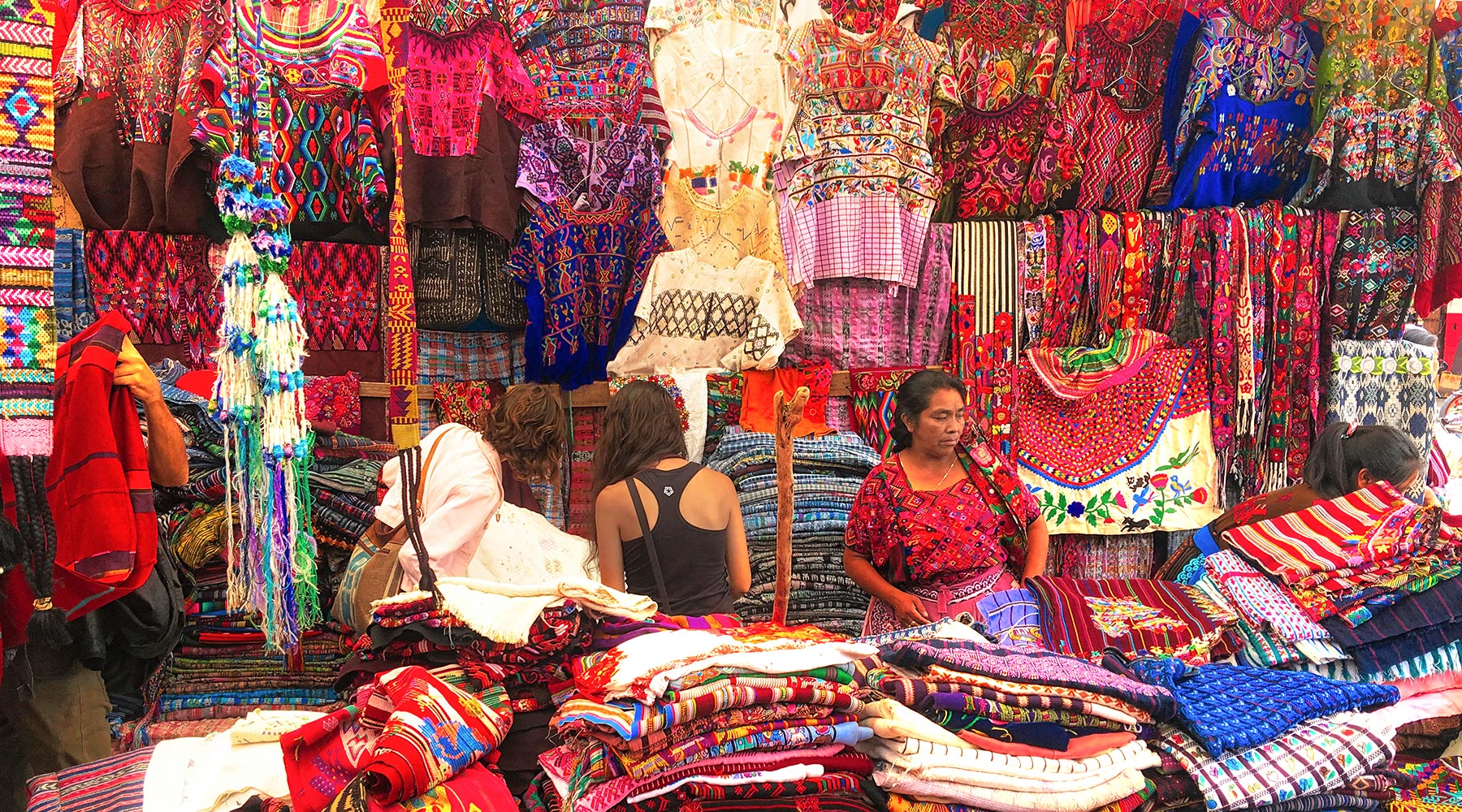
A Textile Travelers Guide To Guatemalan Markets
Wandering the cobblestoned streets of Antigua, with Volcano Pacaya rumbling and puffing in the distance and brightly colored bougainvilleas spilling over ancient decrepit stone walls, you know you’ve made the right choice in Guatemala for your destination getaway.
The vibrant towns and lush countryside are graced with a people so gentle and beautiful, with a culture so different to ours that just watching them go about their daily lives is a pleasure.
Add to all this the plethora of brightly colored textiles, wooden masks, beaded everything and moss green jade stones gracing the doorways of so many shops, and you know you’ve just landed in shopping paradise.
As much as Guatemala has to offer the intrepid tourist, this blog is a tribute to their world famous textile artistry... which also happens to be my favorite thing in the world. This blog is purely a ‘How To’ textile market shopping guide.
Hikers and church architecture admirers best head to the next blog... nothing here for you to see.
Ok textile obsessors... here we go!
ANTIGUA / NIM P'OT
Your first stop on your textile tour is Nim P’ot in Antigua. It’s super easy to find, on 5th Avenida and very near the famous yellow Santa Catalina arch. It’s a cooperative for Guatemalan artisans, and they have a huge assortment of pottery, masks, wood ornaments and textiles... sooo many delicious textiles.
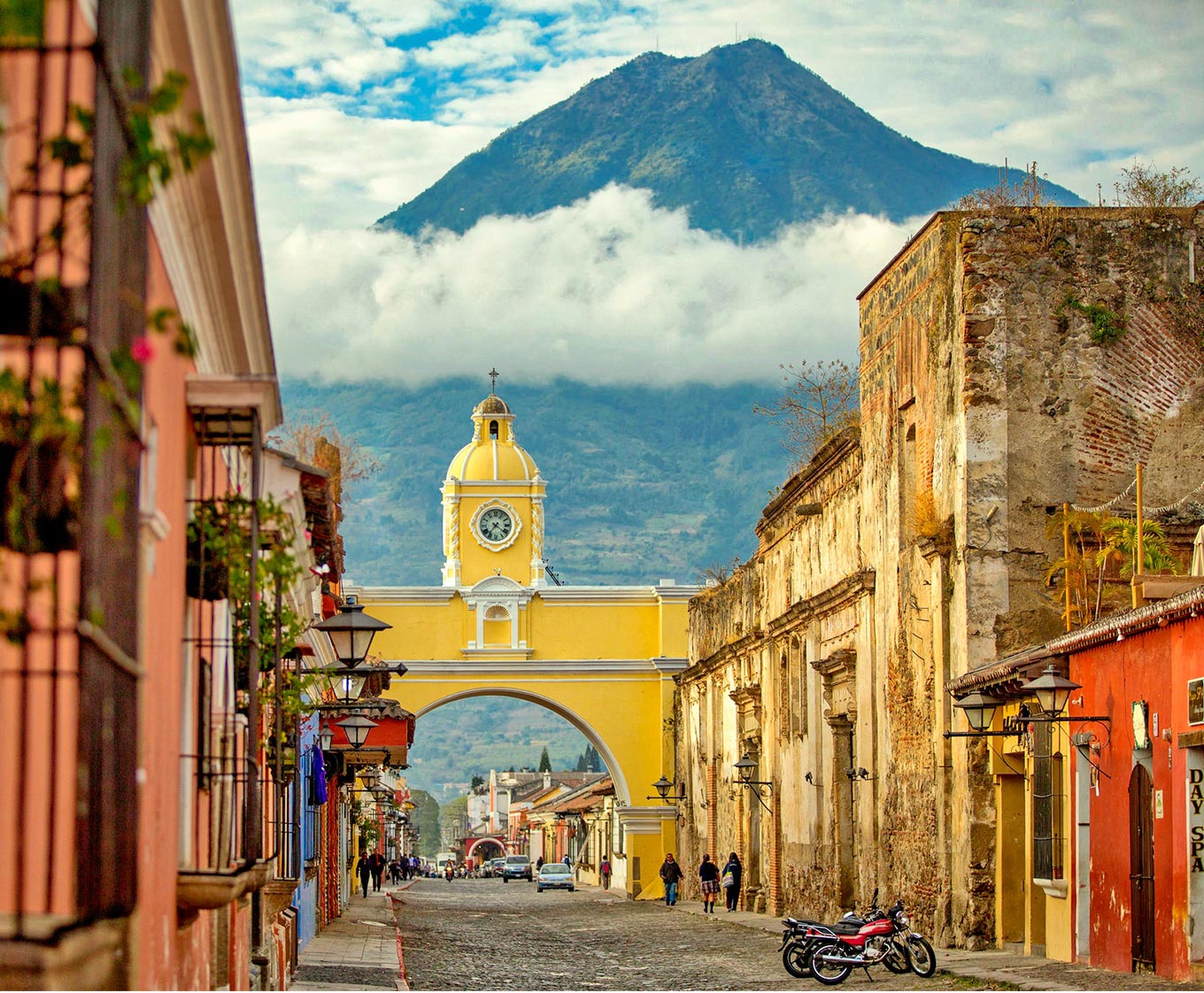

This shop has been fabulously arranged so that all the huipiles, cortes and fajas are labeled by their region. And the walls are covered in labelled huipiles and cortes.
It’s super important to spend plenty of time here taking photos and making notes of the textiles that appeal to you... because once you’ve compiled your list the easiest way of finding what you like when you venture further afield is to request market vendors to show you textiles by the name of the region they are from... in the colors you want.
Nim P’ot is your Ground Work!
Make sure to browse the shelves along the left hand wall, they have some real treasures in there and again they are grouped and named.


Many of the regions often have preferred colors. For example Santa Catarina specialize in beautiful blues, greens and purples. Chichi is very very bright with a lot of reds and purples, Colotenengo is mostly dark red and white with pops of color. The list goes on. Feel free to contact me with any questions about colors/designs.
Another way to find your preferred designs is to have a look through my pillow shop. All my product descriptions will tell you the regions. You can type the region you like into my search field and click 'view all' and you will see a selection of textiles from that region. Again I only have a sampling of the fabulous selection this country has to offer.
ANTIGUA ARTISAN MARKETS
Once you have enough photos and regional names to match, your next stop should be the Artisan Markets. It’s easiest to find by jumping in a Tuk Tuk and asking to go to the ‘Mercado de Artisanias’. The Tuk Tuk will drop you at the entrance to the main markets.
There is brick wall to the left and you will see a sign saying Mercado de Artisanias. Walk past that sign and go in the second entrance 30 meters along. Most of the stalls have pre-made bags, shoes, purses etc from the original textiles. But there are 2 stalls side by side that sell only the original textiles. These are the two stall you want to focus on and they are just in from the second entrance to this market. We are talking floor to ceiling high piles of textiles. And this is where your research will now come in handy.
You simply ask for the regions you like in the colors you want and the vendors will start pulling them out and showing you. Happy shopping.



LAKE ATITLAN AND THE SECRET PANAJACHEL TEXTILE MARKET
The not to be missed Lake Atitlan is a 3-4 hour uncomfortable shuttle bus ride away. I highly recommend NOT using the quaint and colorful chicken buses unless you’re under 25, have experienced hardship in your life and have a cavalier attitude to your own safety. For anyone else this kind of travel is grueling and dangerous. Stick to the tourist shuttles.
A short run down of the villages on the lake.
Panajachel
Large, busy (hectic even) hot and dusty. It has fabulous shopping along the main tourist street - Santander. And loads of NGO’s, entrepreneurs, and people doing good work.
San Pedro
Busy (but not as busy as Panajachel) a sprinkling of expats, loads of bars and restaurants and cheap hostels. A draw card for schoolies week with cheap cocktails and drugs.
Santiago
Large, touristy. Lots of markets stalls near the lake, great cafes and shops.
San Juan la Laguna
The town has reinvented itself via a great number of women’s weaving co-ops. Now the most prosperous and safe town at the lake, due to the womens weaving industry. Fabulous textile shopping and a good way to support the locals directly.
San Marcos
Tiny pretty village hidden under a jungle, full of new age activities and new age seekers. Yoga, ecstatic dance, tantra, cacao everything. Plenty of restaurants all within walking distance. Most places only accessible along narrow cobblestone or dirt pathways.

From the lake is where you’ll explore 2 excellent textile markets.
The first one is at the Bombero in Panajachel every Tuesday and Friday morning. This is the ‘secret market’ unknown to the average, un-researched tourist - not you though.
From the public dock, walk directly up to the T junction, turn right and the market is about 50 meters along on your left.
Again solely second hand tipico textiles and clothing. There are 4 large stalls and 6 small stalls. It’s a tiny market that packs a powerful punch in terms of value and variety. Here again you would do well to ask the vendors to show you specific regional designs while you browse the piles of neatly folded, crazy level colorful textiles.
Some days are quiet and others are super busy, with textiles thrown everywhere, people falling over each other and random girls eyeing off your bunch of textiles hoping you’ll abandon them (I may very well be one of those girls). A lot of exporters source their textiles specifically from this market.
My recommendation is to fuel up with caffeine at Cafe Loco just around the corner on Santander, because you’ll be putting a few solid hours into this powerful little market. Also they start packing up after 1pm so it’s strictly a morning market.



CHICHICASTENANGO TEXTILE MARKETS
The second fabulous textile market accessible from Lake Atitlan. This is on every Thursday and Sunday.
You can book your shuttle at any travel agent on the lake. Shuttles leave from San Pedro or Panajachel and it’s a 1.5 hour trip. Leaves at 8am (or sometime after, because, well, this IS Guatemala) and you arrive around 9.30 at the bus depot behind Hotel Santa Tomas where you would be wise to fuel up on coffee and breakfast (insist they put a table outside on the garden veranda, the inside of the restaurant is grim) before heading across the road and losing yourself in the craziest market of them all.
There really is no way to describe how to get around the maze that is this market. It crisscrosses between a couple of churches, has stalls for every type of tourist (not just textile addicts) and you’re going to have to just take a deep breath and dive into the chaos. This market really does specialize in certain textiles that are harder to get in the other markets. They also have a fabulous way of turning huipiles into table runners and tablecloths with the center neckline becoming a decorative piece. This is a not to be missed market for all its craziness. The quality of the textiles here is just fabulous.
The chances of overwhelm are high, and your chance of getting lost - guaranteed. Just remember your bus leaves at 2pm and unless you’re a homing pigeon you will need to ask people to point you in the direction of Hotel Santa Tomas.





One last thing to note:
When bargaining with the vendors (bargaining is part of the culture), just remember this is NOT a sport to them... this is literally their livelihood. And many of them live on the breadline.
So considering the incredible quality and artistry of these textiles... please don’t go too hard on them. Honestly $50 (385q) for a one off, hand woven and embroidered table runner is a TOTAL bargain. You will undoubtedly pay $200 or more for the same item in a shop in the states.
And remember, if the energy of the vendor is one of happiness and contentment at the sale... that energy definitely goes into your product.
We all talk of giving back, let’s start acting on our talk and be generous to these hard working people when buying our textiles.
If you have any questions about the textile markets please feel free to email me from here, or message me on my Instagram page.
Until next time,
Willow xx

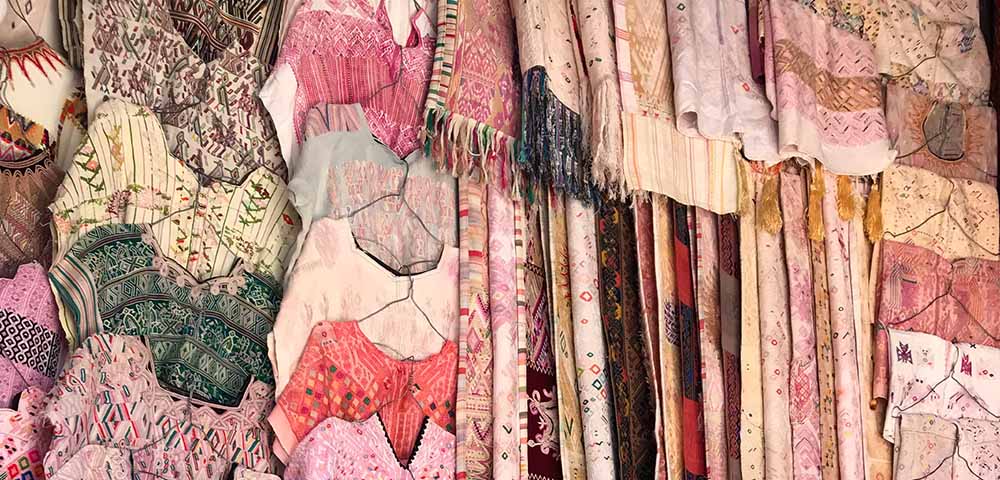




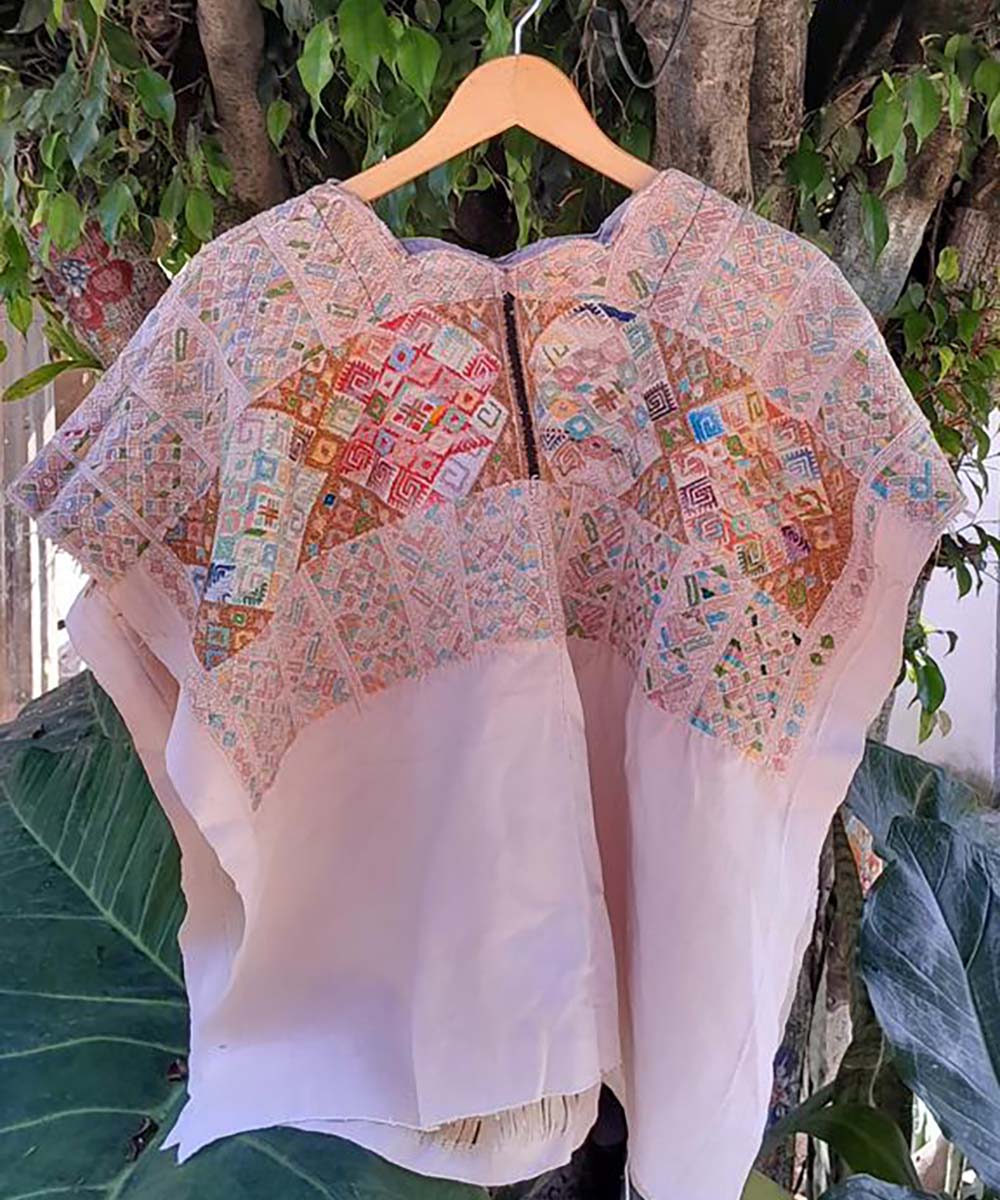
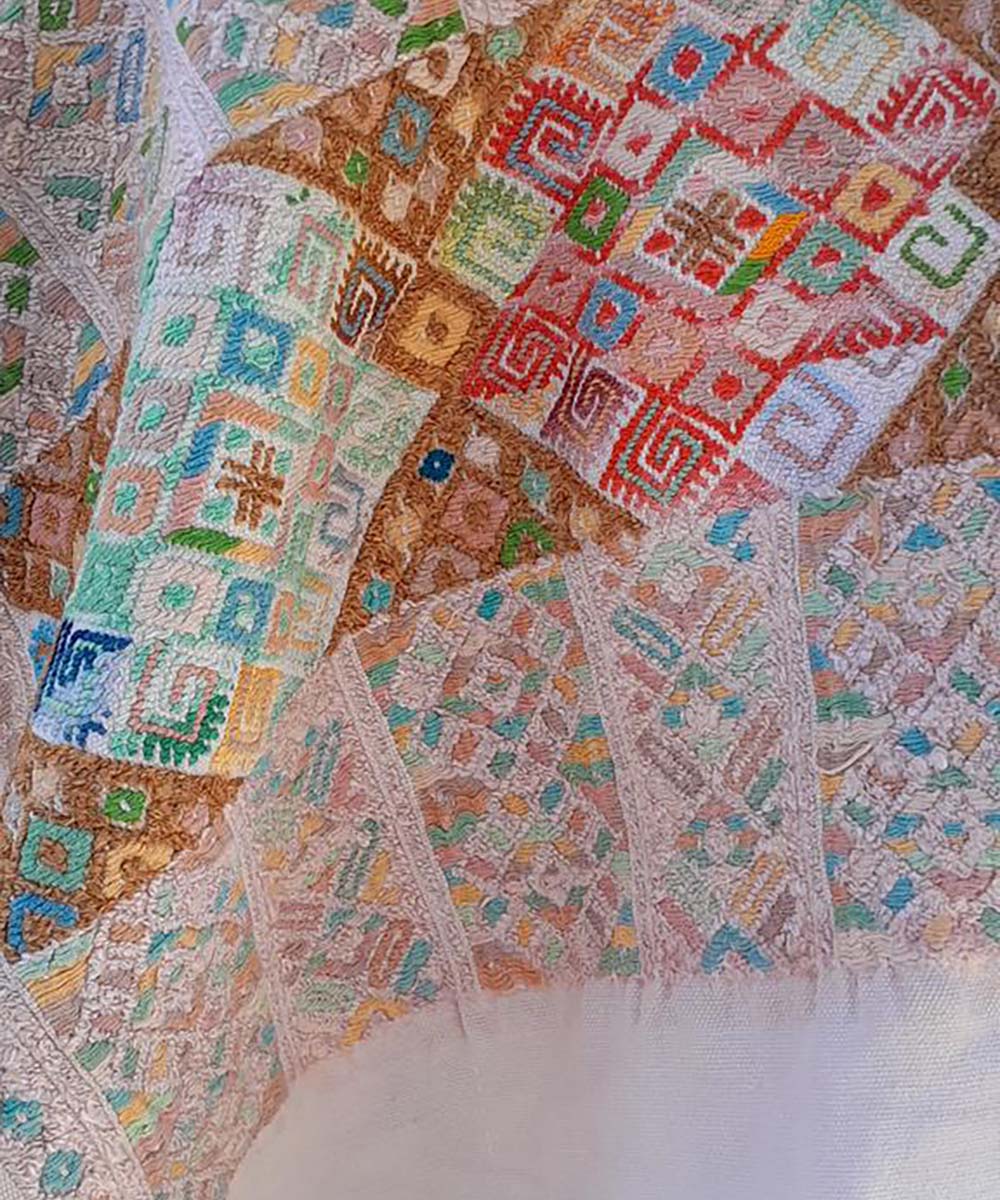

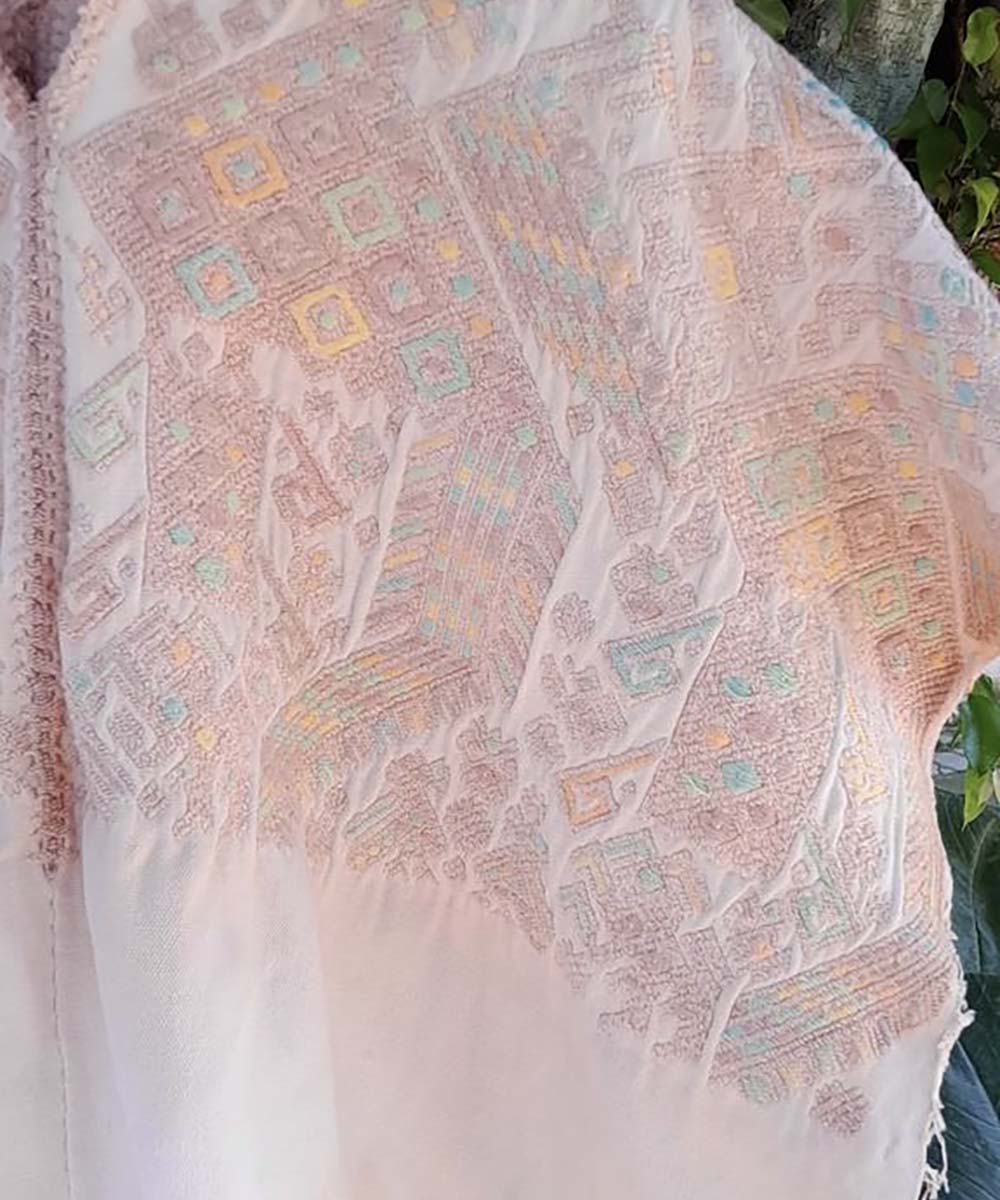
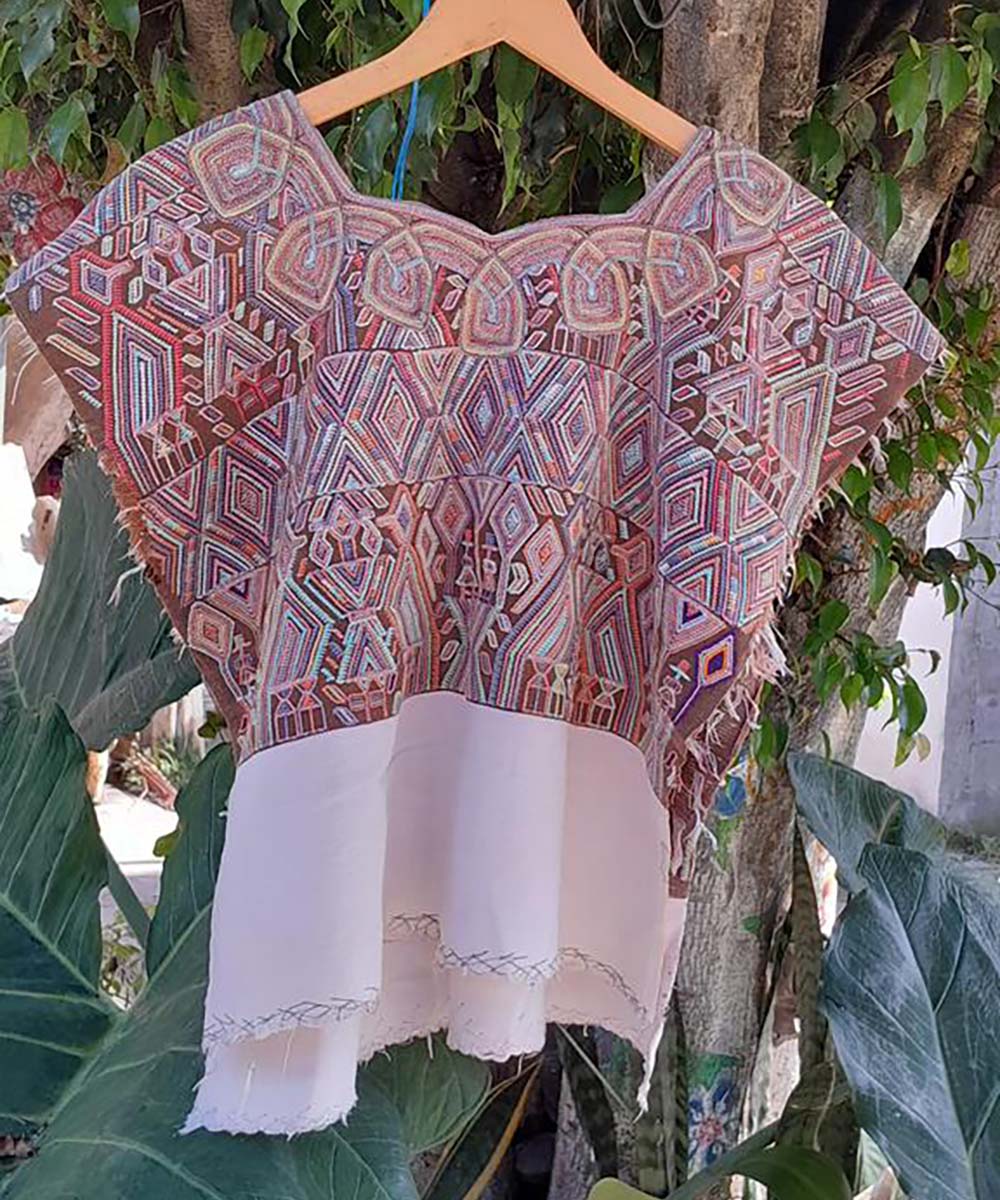
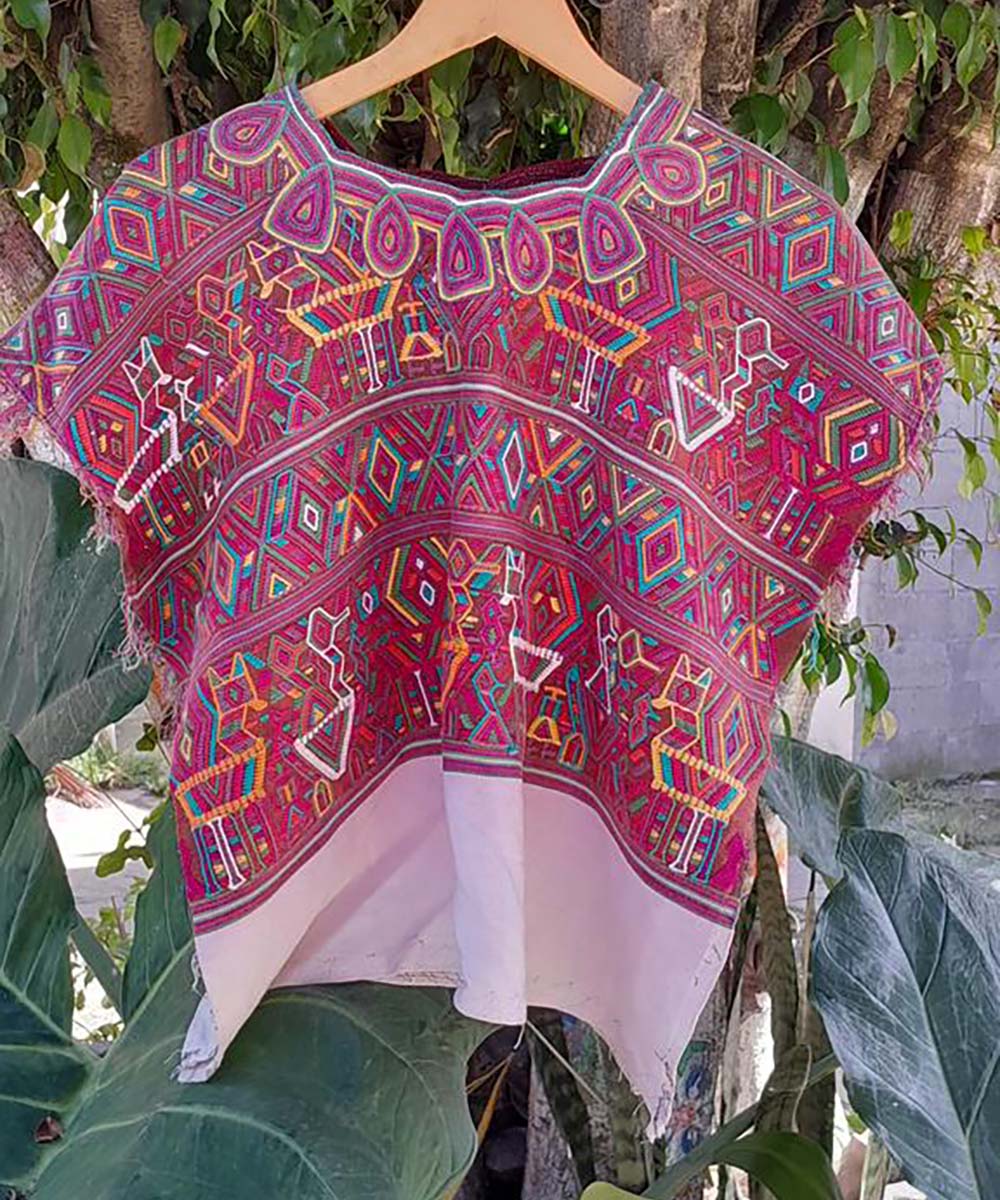

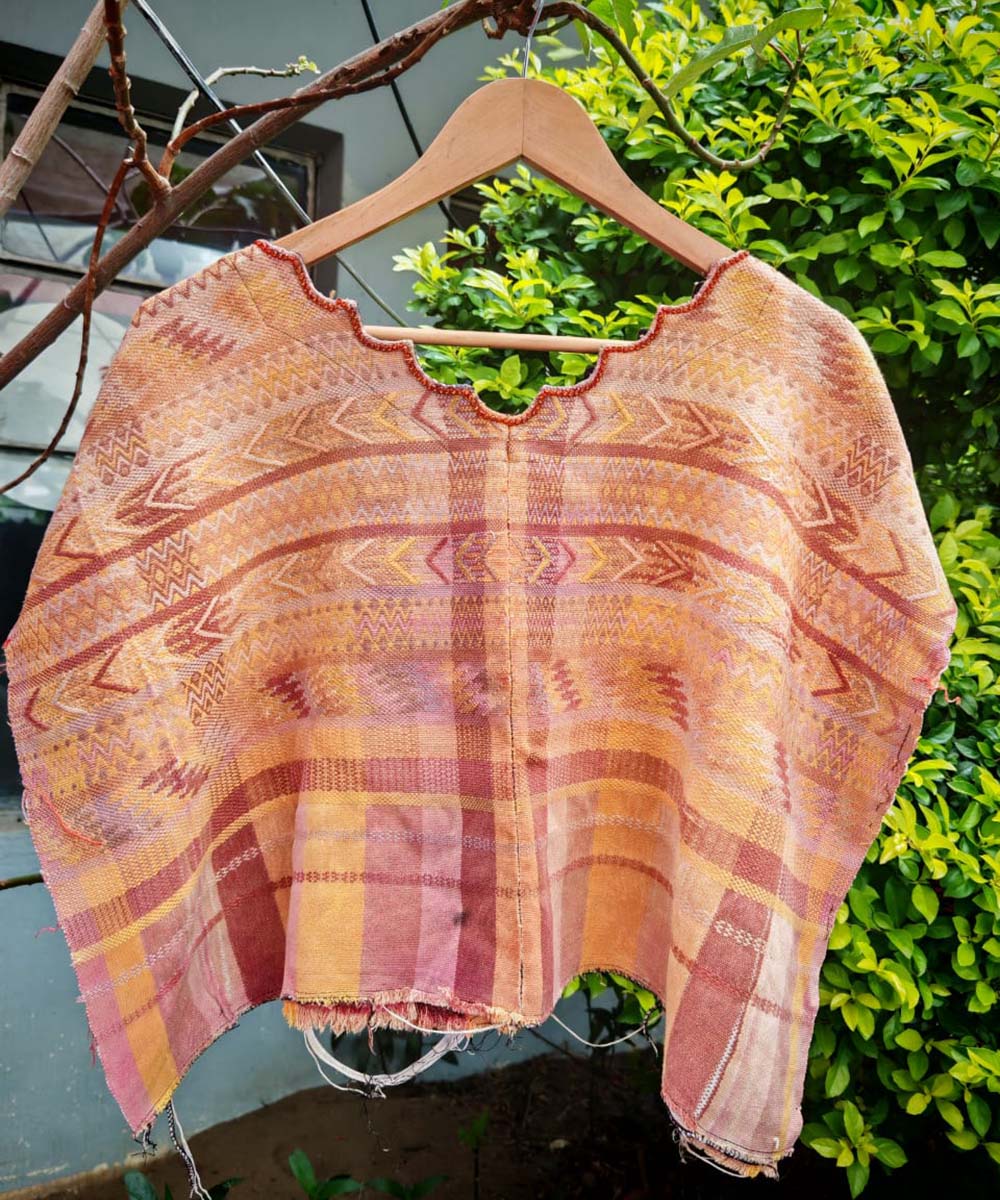
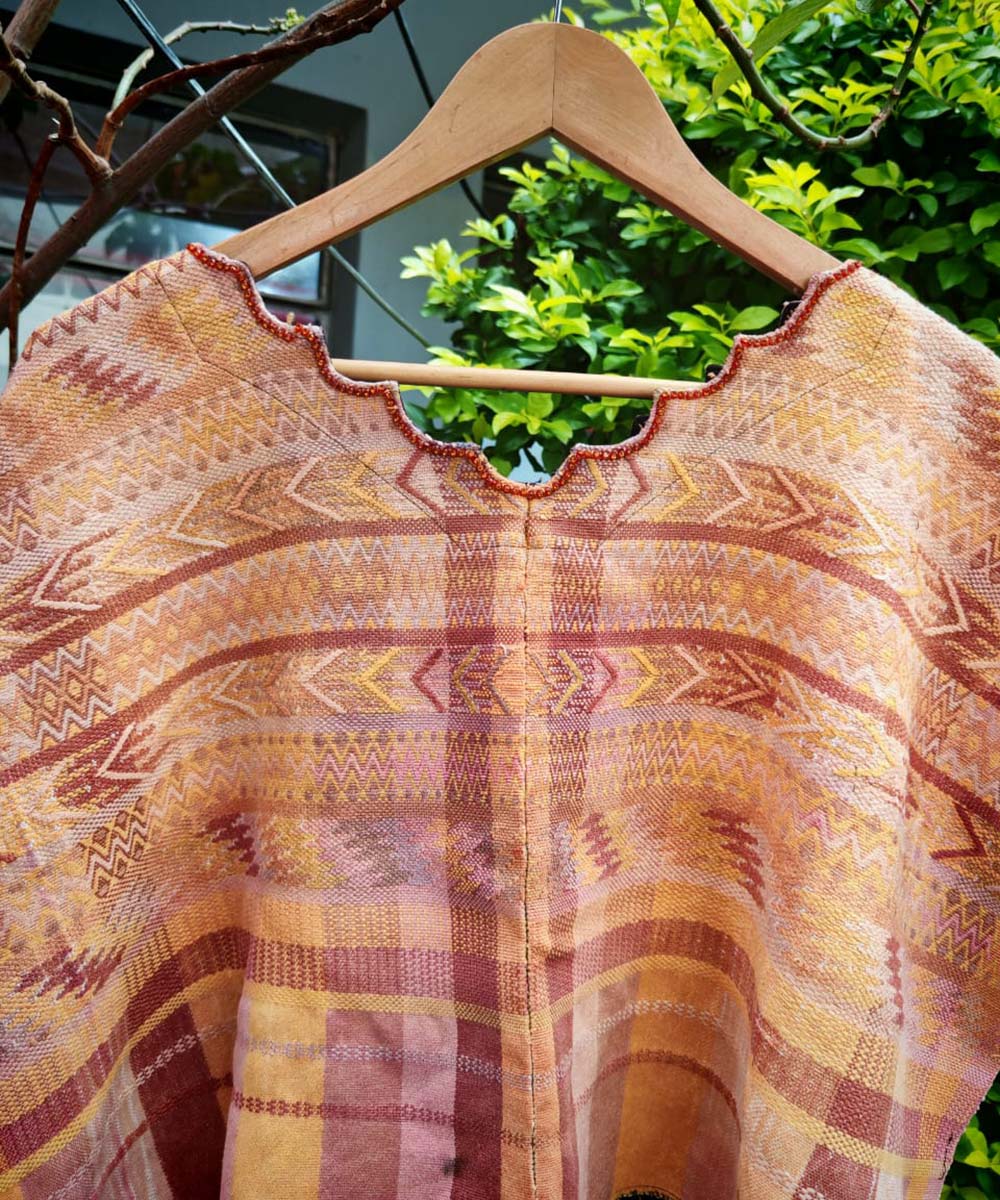
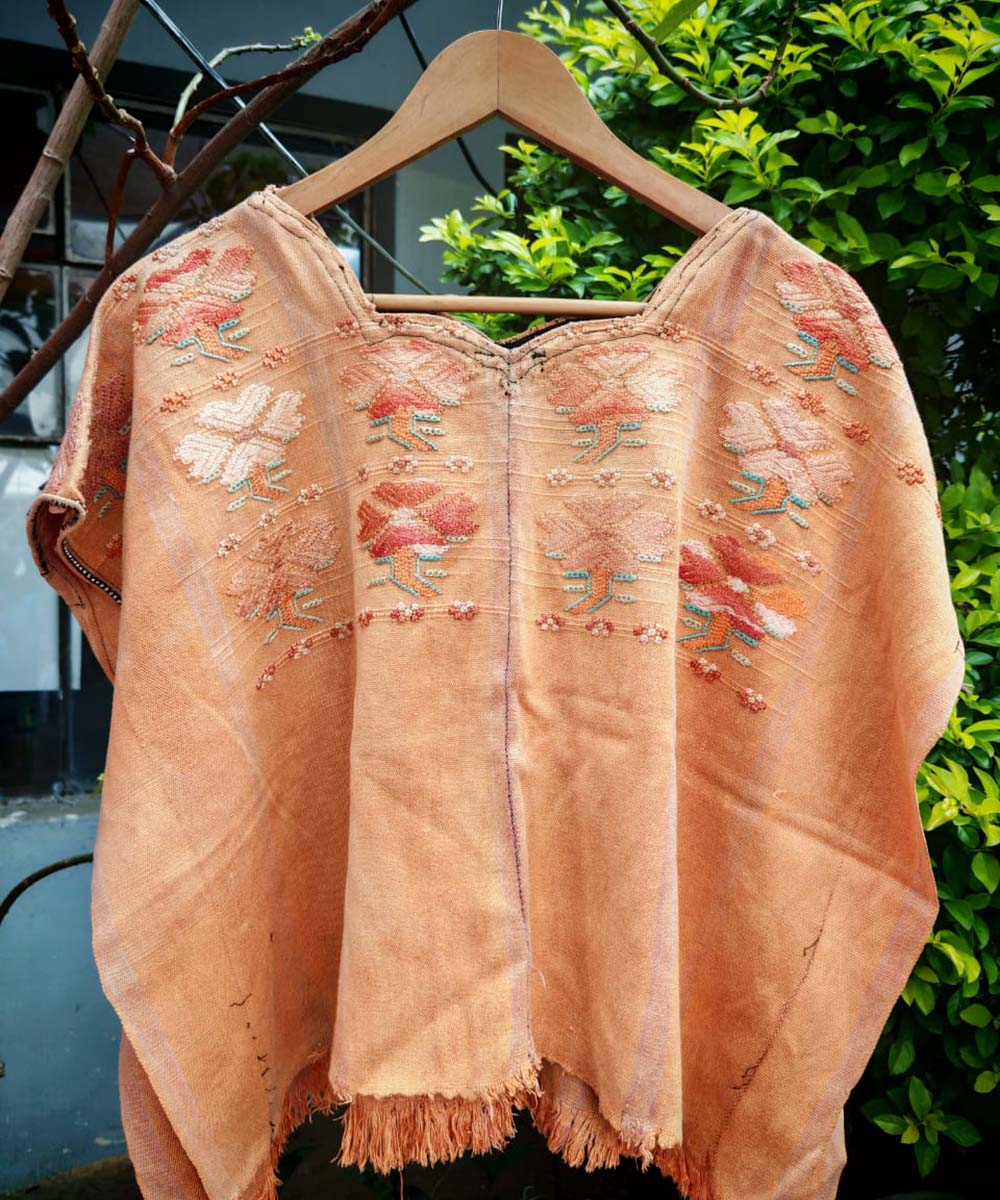
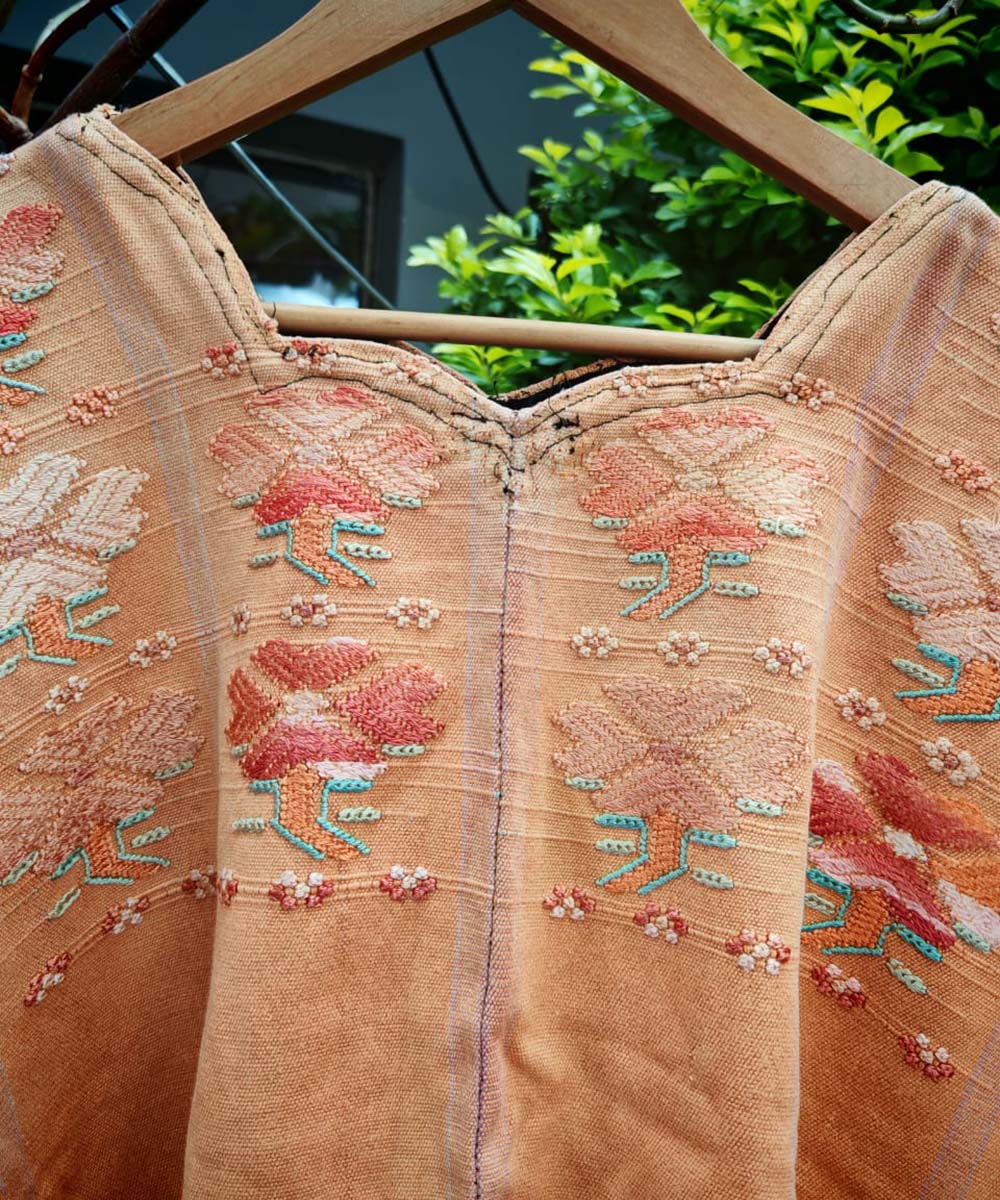


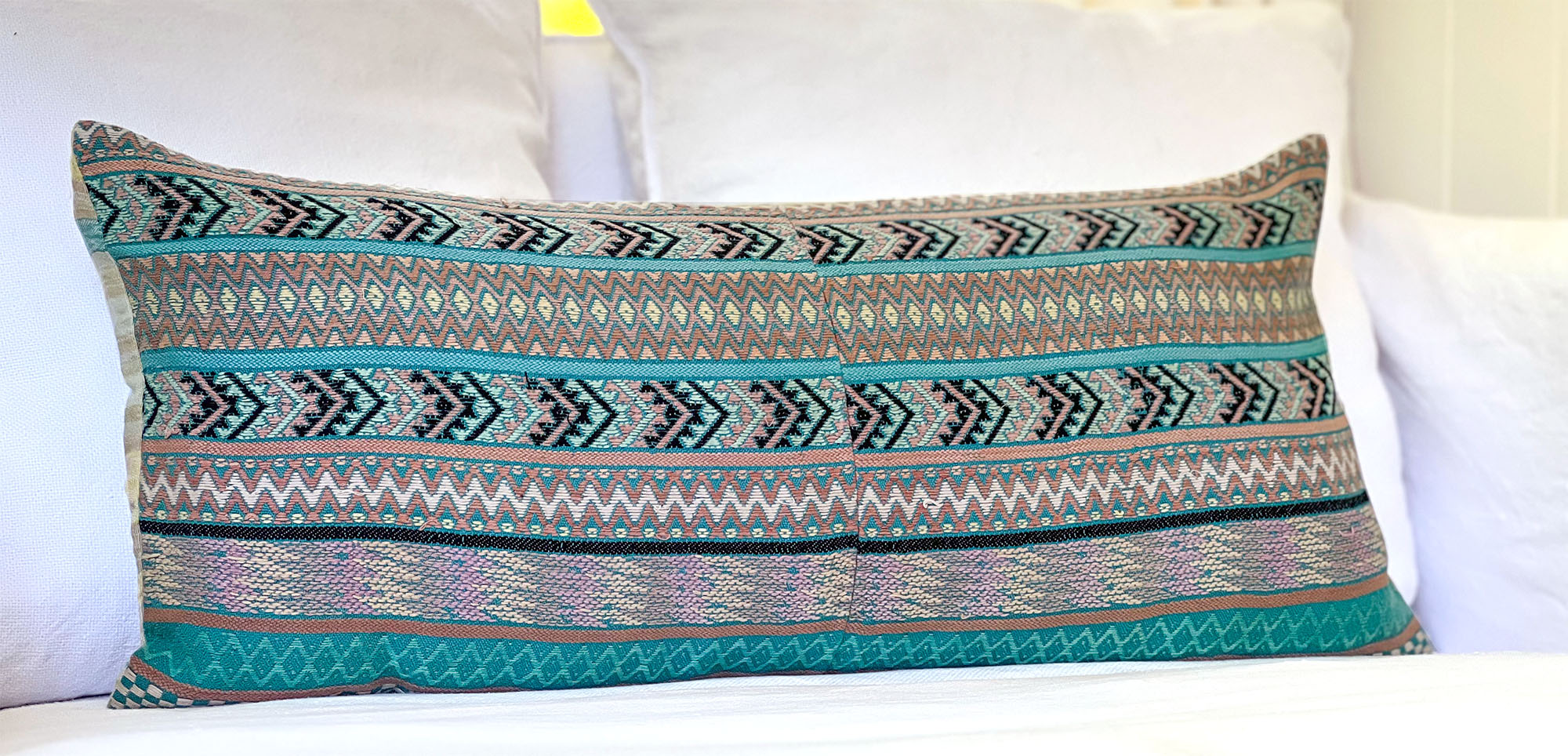

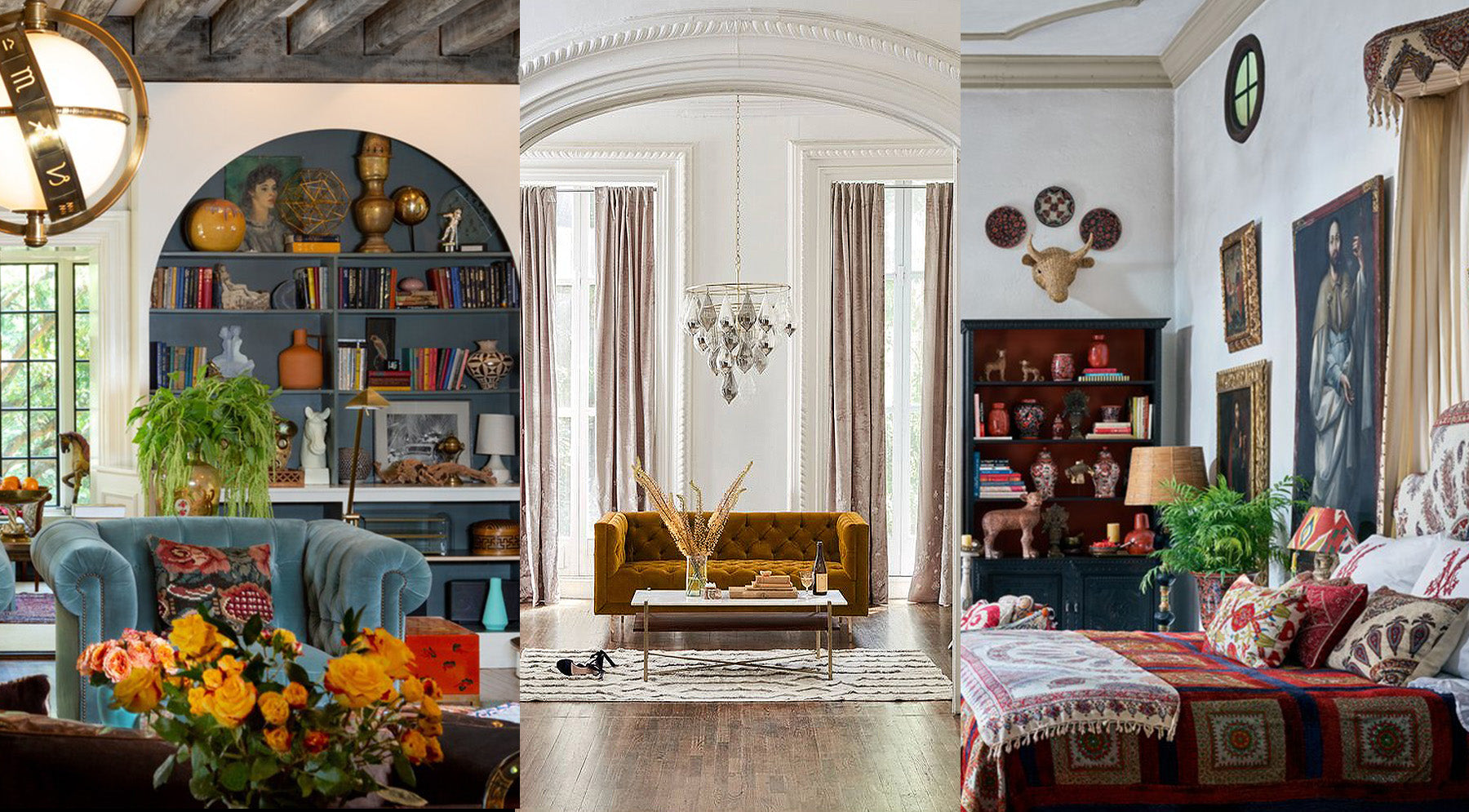
4 comments
2/20/2024 Thank You. are there tours for textile/craft lovers available soon from Los Angeles for me? phyllis
Phyllis Babila
2/20/2024 Thank You. are there tours for textile/craft lovers available soon from Los Angeles for me? phyllis
Phyllis Babila
Hi, I just fell upon your wonderful mouth-watering report about Guatemalan textile markets. I am too old to ever go there but wanted very much to thank you for the pleasure and also for the reminder at the end not to bargain too hard, it brought tears to my eyes. Bravo!
Barbara Grote
Hi have been searching how to buy some embroidered clothing pieces from a woen’s coop or similar on line. Can you help me? Thank karen Vancouver bc
karem heaps
Leave a comment
This site is protected by hCaptcha and the hCaptcha Privacy Policy and Terms of Service apply.